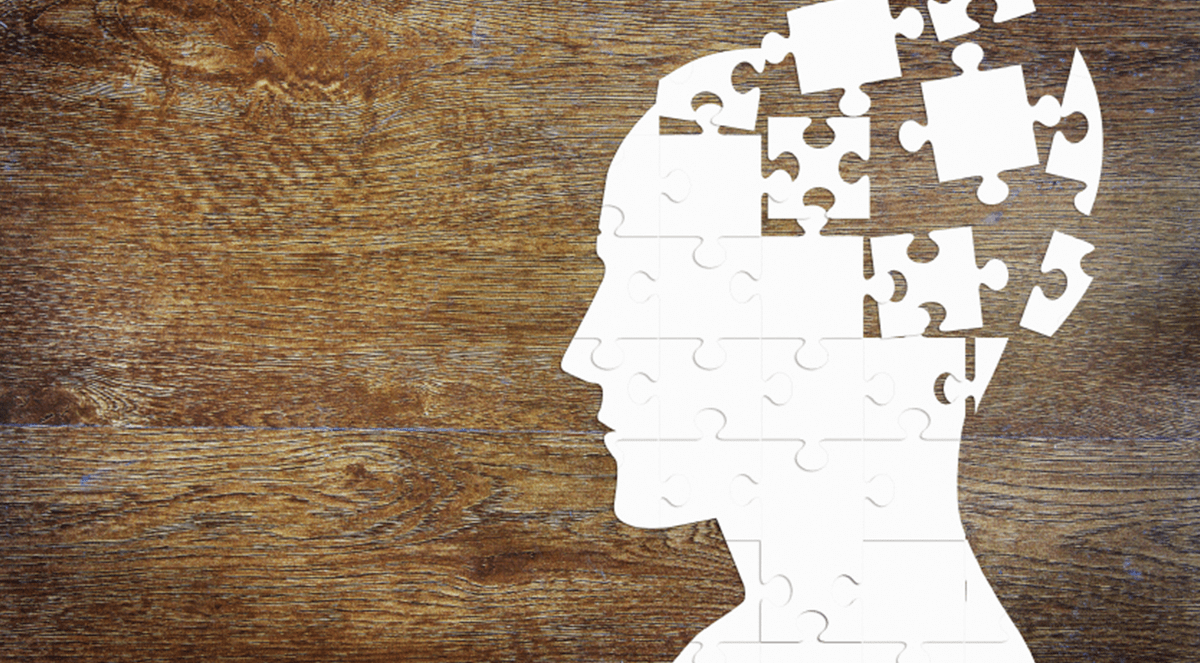To investigate the associations of symptoms of mania and depression with clinical outcomes in people with unipolar depression.
A natural language processing electronic health record study. We used network analysis to determine symptom network structure and multivariable Cox regression to investigate associations with clinical outcomes.
The South London and Maudsley Clinical Record Interactive Search database.
All patients presenting with unipolar depression between 1 April 2006 and 31 March 2018.
(1) Symptoms of mania: Elation; Grandiosity; Flight of ideas; Irritability; Pressured speech. (2) Symptoms of depression: Disturbed mood; Anhedonia; Guilt; Hopelessness; Helplessness; Worthlessness; Tearfulness; Low energy; Reduced appetite; Weight loss. (3) Symptoms of mania or depression (overlapping symptoms): Poor concentration; Insomnia; Disturbed sleep; Agitation; Mood instability.
(1) Bipolar or psychotic disorder diagnosis. (2) Psychiatric hospital admission.
Out of 19 707 patients, at least 1 depression, overlapping or mania symptom was present in 18 998 (96.4%), 15 954 (81.0%) and 4671 (23.7%) patients, respectively. 2772 (14.1%) patients subsequently developed bipolar or psychotic disorder during the follow-up period. The presence of at least one mania (HR 2.00, 95% CI 1.85 to 2.16), overlapping symptom (HR 1.71, 95% CI 1.52 to 1.92) or symptom of depression (HR 1.31, 95% CI 1.07 to 1.61) were associated with significantly increased risk of onset of a bipolar or psychotic disorder. Mania (HR 1.95, 95% CI 1.77 to 2.15) and overlapping symptoms (HR 1.76, 95% CI 1.52 to 2.04) were associated with greater risk for psychiatric hospital admission than symptoms of depression (HR 1.41, 95% CI 1.06 to 1.88).
The presence of mania or overlapping symptoms in people with unipolar depression is associated with worse clinical outcomes. Symptom-based approaches to defining clinical phenotype may facilitate a more personalised treatment approach and better predict subsequent clinical outcomes than psychiatric diagnosis alone.
© Author(s) (or their employer(s)) 2022. Re-use permitted under CC BY. Published by BMJ.
Associations of presenting symptoms and subsequent adverse clinical outcomes in people with unipolar depression: a prospective natural language processing (NLP), transdiagnostic, network analysis of electronic health record (EHR) data.


